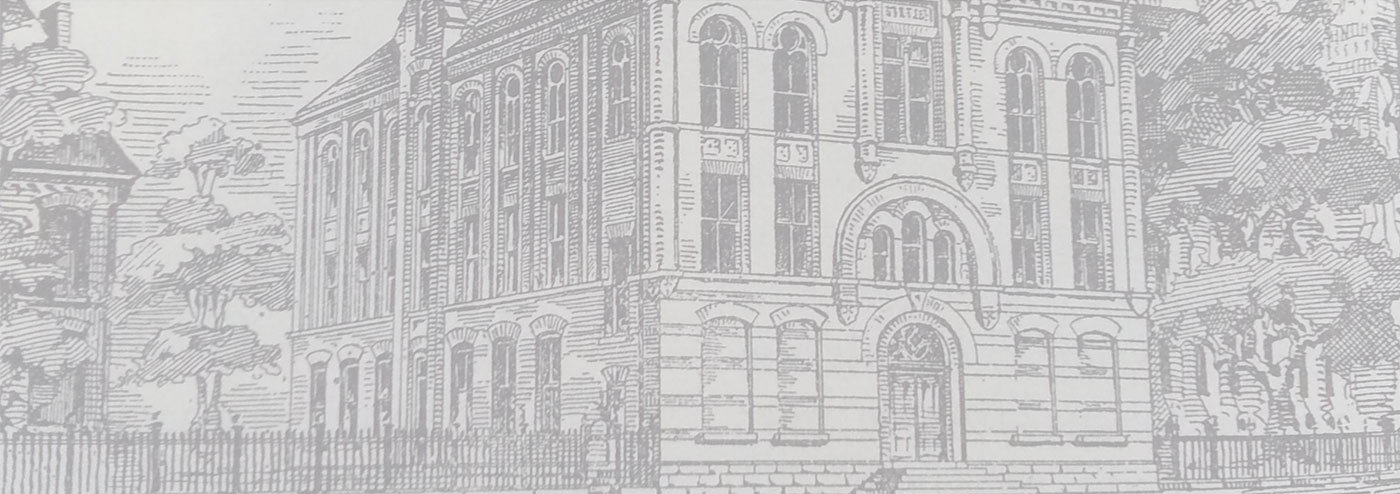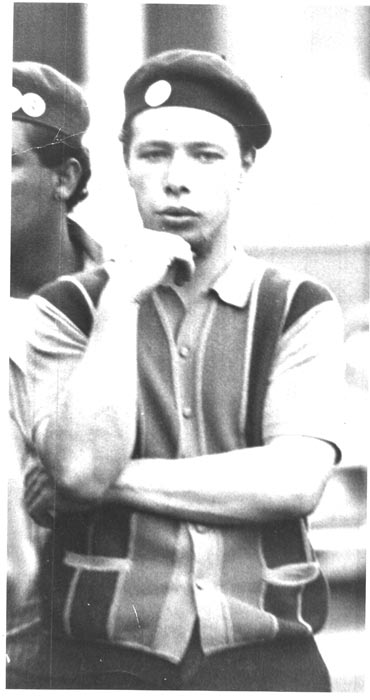1950s to 1970s
As a result of the Great Depression and wars, Lincoln Park’s housing stock had deteriorated as many owners subdivided or were not able to care for their property after World War II.
By 1957, the largest Puerto Rican neighborhoods in Chicago were located on the near north side, in Wicker Park and Lincoln Park. As the ethnic identity of the neighborhood shifted, Lincoln Park became the place where the Puerto Rican community organized retreats, rosaries, novenas, annual plays of the Crucifixion of Jesus, softball leagues, dances and Catholic Sunday brunches in collaboration with the Caballeros de San Juan (Knights of St. John) and Hijas de María (Daughters of Mary). On weekends Oak Street Beach through North Avenue, up to Fullerton Beach, and beyond, including the zoo and the park, was filled with Puerto Ricans and other working class families. The first Fiestas de San Juan were held at St. Michael’s Church playground, and led to the organizing of the first Puerto Rican Parade of Chicago, in 1965.
Jose (Cha-Cha) Jimenez was a student at St. Teresa’s graduating in the early 1960’s. Through his teens, he was part of the Young Lords activities but was also exposed to the spiritual and social ideas proposed by Thomas Merton, Martin Luther King, Jr., Malcolm X and The Black Panther Party.
Cha-Cha became the president of the Young Lords Organization in 1964 and began a transition of the group from a gang that had grown into several branches, into a national human rights movement. By 1967, the Young Lords organization waned: Some married or were on active duty in Vietnam, many were jailed, others fell victim to hard drugs or moved to different areas.
With his leadership, The Young Lords began their effort to serve the poor in Lincoln Park. A free breakfast program was established and the support of Rev. Bruce Johnson was received to open a daycare center at the Armitage Avenue Methodist Church (NW corner of Armitage and Dayton Avenues). A free Health Clinic opened staffed with doctors, nursing students and other healthcare professionals that served about 50 people every Saturday.
Residents of the southeastern section of Lincoln Park concerned that their neighborhood hovered on the verge of becoming a slum formed the Old Town Triangle Association in 1948. Residents of the Mid-North and Ranch Triangle associations (St. Teresa’s is within Ranch Triangle) neighborhoods were inspired to create similar organizations in 1950. In 1954, the Lincoln Park Conservation Association was organized to cover the entire community area. Many neighborhood groups were forming at the time devoted to the protection of local interests and have become a characteristic feature of Chicago’s local community structure. By the 1970’s, some of these organizations shifted focus to physical development efforts such as housing rehabilitation or neighborhood economic promotion.
LPCA was accused by the community of failing to respond to student melees at Waller High School and School Committees reports; of giving little attention to the less affluent member and to the neighborhood associations; failing to protest rampant real estate speculation, especially in Ranch Triangle and Sheffield; and, for giving tacit consent to the disappearance from the community of diversity of race, interest, opinion, race and income. The Concerned Citizens of Lincoln Park argued that Puerto Ricans and African Americans were being displaced from their homes and priced out of the renewing neighborhood.





